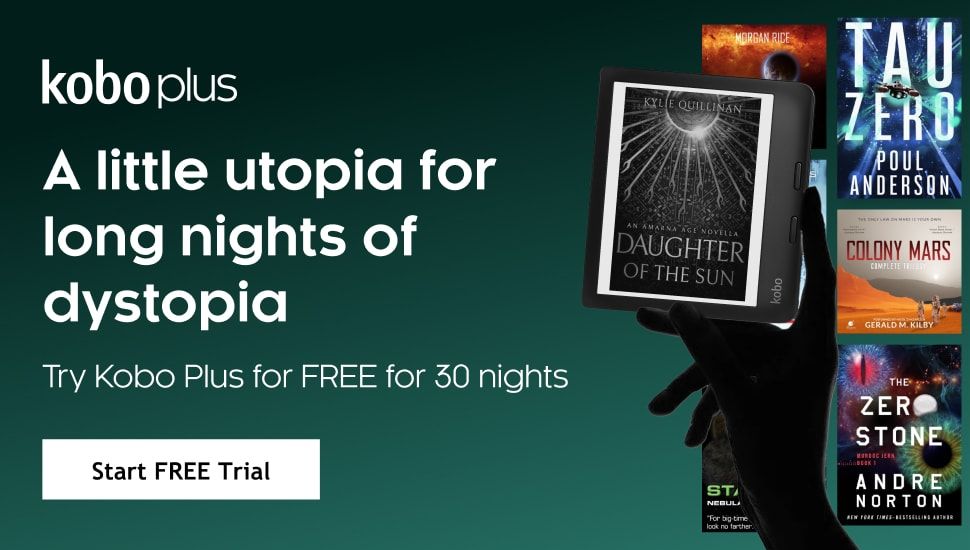
How to Start Reading Fiction (When You Only Read Nonfiction)
Are you trying to start reading fiction, but you can’t get as invested as you can in memoir, in nonfiction, in true crime? I feel you. Ironically, I sympathize from the other side: only in the past few years did I really break past my fiction barriers to the world of nonfiction. Luckily, a lot of the connective tissue is the same.
See, at their core, all books are stories. They’re all rooted in narrative — and they all have some basis in our real world, whether it be bits and pieces or the full tale. Writers bring their own viewpoints, loves, heartbreaks into their writing every day. The binary between fiction and nonfiction isn’t as rigid as we tend to think — in reality, there are so many genres in between, and so many places where they cross over.
So the truth is, that yes, some are rooted more in our real world than others. But it’s a mistake to think that nonfiction is separated by a wide canyon from fiction. It’s more like a little stream. Sometimes, it’s just a changing of names. Sometimes, an infusion of magic. But there’s a huge stack of fiction just waiting for you that’s actually quite close to being nonfiction itself.
So if you’re struggling to make the shift from nonfiction to fiction, I have some tips for you to try. Good luck!
Tip 1: Start With Some Rich Historical Fiction
There are so many eras, communities, and stories that haven’t been written about enough, and novelists are digging in and doing the research, then writing about them in ways that fills in the emotion, the gaps. I love these novels: what I’ll generally do is first go and read a few online sources about the era, to give me the context and “real” story, and then dive into the mystery. The plot and the characters may be made up, but the author has drawn on real historical circumstances.
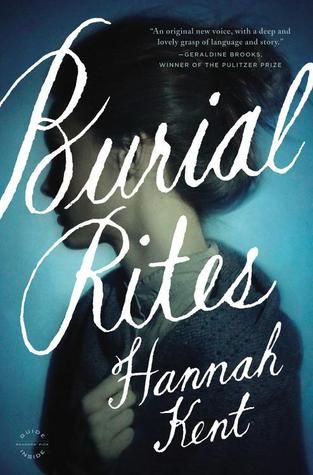
Think of Hannah Kent’s Burial Rites, a novel about the final execution carried out in Iceland. Or Cantoras by Carolina de Robertas, which is about queer women trying to survive the military rule of 1970s Uruguay. They’re well-researched, they’re set in real circumstances, but they’re still novels. And by zooming in, by focusing on one or just a few people, they’re able to lend an immersion that nonfiction often can’t. Other favorites of mine include the vivid The Air You Breathe by Frances de Pontes Peebles, the poetic All the Light We Cannot See by Anthony Doerr, and the chunky The Time in Between by Maria Dueñas, translated by Daniel Hahn.
To add some suspense that will get you deep into the story, you can try thrillers set in historical contexts. For example, Silvia Moreno-Garcia’s Velvet was the Night takes place in the middle of Mexico’s Guerra sucia, or Dirty War, in which student and intellectual protests were brutally crushed through beatings and disappearances, all in the name of fighting communism. The mystery at the center of the story is created, but the figures, the threats, are not. It brings the fear and struggle of the time to light.
Tip 2: Autobiographical Novels
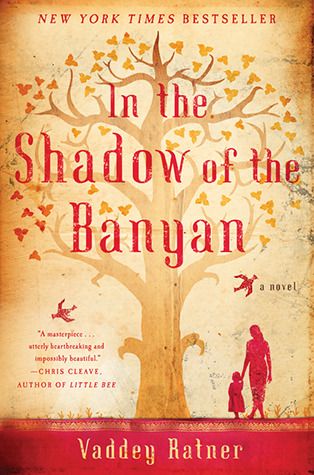
Are you in love with memoir, or autobiography, and creative nonfiction? There’s a fiction genre designed for you. Many people aren’t comfortable writing straight memoirs of their lives, or they decide to fictionalize for the safety and comfort of their families, or they want to be able to fill in gaps that they can’t truly fill in their own lives. So they write autobiographical novels — fictionalized versions that are deeply rooted in their own true stories.
In the Shadow of the Banyan by Vaddey Ratner is about her experience as a survivor of the Cambodian genocide that began in 1975. On Earth We’re Briefly Gorgeous by Ocean Vuong is a gorgeously poetic novel that is almost (but not quite) a memoir, teetering on the edge of fiction. In Disoriental by Négar Djavadi, translated by Tina Kover, the queer, punk protagonist thinks back on the stories and history of her family in Iran — of her dissident parents and her family’s escape to Paris. Many of the plot points are drawn from Djavadi’s own story, her family’s own tales. There’s a realism you can feel in all of these novels, because they’re all based on true stories — and written by the people who were there.
Tip 3: Leap Into Sci-Fi
Perhaps this one is more of a stretch. But that’s why I made it my third tip. See, the thing about science fiction is that it draws from the issues of our real world, expands on them, explores them. It asks tough questions of our political realities or our technologies. It challenges us to look at current events in new ways.
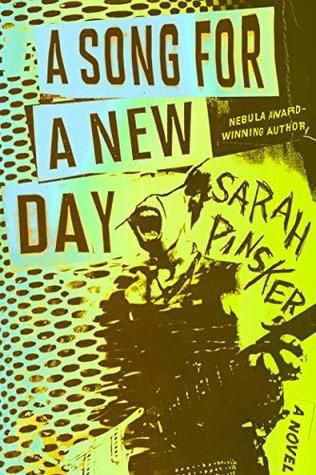
Sarah Pinsker’s novels have been a superb, almost frightening, example of this. Her novel A Song for a New Day features a years-long global shutdown that transforms society and the way we interact with each other. Her second novel We Are Satellites looks at what body augmentation or brain implants could actually do — and holds up a harsh light to what the pressures of productivity in our current capitalist world and education systems could do to our young people.
Marge Piercy’s Woman on the Edge of Time is easily read as a scathing review of the 1970s and its disparities and governmental policies. Octavia Butler’s Parable of a Sower is a climate fiction novel about social inequity and what it could mean for our future. Tochi Onyebuchi’s Riot Baby is a searing story set in 1992 Los Angeles in which a revolution simmers.
And don’t forget alternative histories! The best way to enjoy an alt history is to have to look into what’s been changed. Annalee Newitz’s The Future of Another Timeline sent me down rabbit holes looking into the Comstock laws and the World’s Columbian Exposition. The Underground Railroad by Colson Whitehead imagines an actual railroad operating underground; Mary Robinette Kowal’s Lady Astronaut series, which begins with The Calculating Stars, looks at what the space race would look like if an asteroid had hit Earth in the 1950s, speeding up the timeline of potential human extinction.
Tip 4: Now Check Out Historical Fantasy
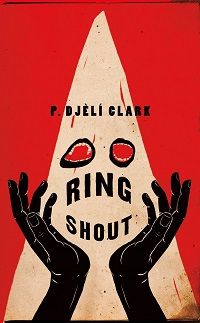
Did you follow my argument for why you’ll love sci fi? Fantastic! Now take my first and third tips and smash them together. What if it was historical fiction, but with a fantastical twist? An alt history packed with magic?
Naomi Novik writes about the Napoleonic War, but with dragons (His Majesty’s Dragon). Alice Hoffman writes about a golem tasked with protecting a young girl escaping from Germany to France during World War II in The World That We Knew. In P. Djèlí Clark’s award-winning novella Ring Shout, D.W. Griffith is a sorcerer and The Birth of a Nation a spell, and Maryse Boudreaux and her friends are trying desperately to stop the KKK’s supernatural plot to take over the world. Shelley Parker-Chan reimagines the rise of the Ming Dynasty in the epic fantasy series that begins with She Who Became the Sun.
Let yourself be spellbound in these alternate universes that swerve close to history’s true timeline — and then swerve away.
Still having trouble transitioning from nonfiction to fiction reading? Try these lists!






